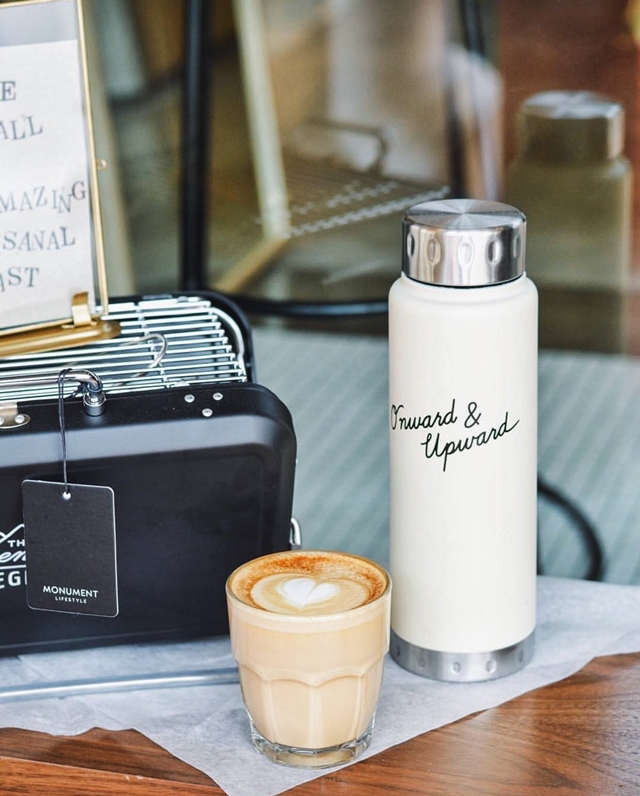The China luxury retail sector’s days of double-digit growth have come to an end, according to a new report by digital benchmarking company L2.
Luxury China 2016 looks at the performance of more than 100 brands in China’s eCommerce market, including mobile performance and social-media presence.
Even if the market continues to grow at rates that make western countries envious, it has contracted in the past two years, says the report. And as China grows, brands need to adjust to digital issues, ranging from poor localisation to varied pricing as they compete for a clearly finite market.
“Brands have primarily held back from eCommerce in China for fear of diluting their brand and image,” says study leader Danielle Bailey. “They believe their brand will be swimming in a sea of counterfeits and grey market re-sellers.”
However, consumers, and luxury shoppers in particular, are looking for authenticity – and online platforms that can provide it, says Bailey.
“There is also a perception that high-end consumers do not shop online and that they are unwilling to make purchases online above a certain price point,” she says. “For luxury shoppers, as with all Chinese consumers, online is the way they shop. There is some indication that price transparency may actually spur purchase decisions.”
Access to customers
Brands emphasise the high-touch, in-store luxury shopping experience as an extension of the brand, especially in China, says Bailey. As opening stores in China is no longer viable, eCommerce gives brands access wealthy customers throughout the country.
Digital is still only 5 per cent of China’s luxury market, but its growth rate last year was triple the overall market. Mobile traffic in China increased 50 per cent last year, and is almost twice as high as desktop traffic. Nevertheless, fewer than half of fashion brands and less than a quarter of watch and jewellery brands support mobile purchasing.
Evaluating the digital performance of brands in China, only Burberry and Cartier, with scores of 152 and 141, are in the “Genius” category. However, several fashion houses, including Dior, Gucci, Louis Vuitton, Michael Kors and Valentino, as well as watchmakers/jewellers Omega, Piaget, Swarovski and Tag Heuer are in the “Gifted” category.
But, says the report, an “alarming number” of big-name brands rank in the “Feeble” category, including Baccarat, Baume & Mercier, Berluti, Christian Louboutin, De Beers, Diane von Furstenburg, Harry Winston, Hublot, Marc Jacobs, Moncler, Oscar de la Renta, Piguet, Ralph Lauren and Tod’s.
Overall, the Feeble and Challenged categories are the largest.
While Burberry’s launch on Tmall in 2014 was expected to pave the way for luxury brands, few others have followed. Fifty-six per cent of what L2 defines as “pure luxury” players still rely on Net-A-Porter and Yoox for eCommerce in China.
“Accessible luxury” brands have been more active on China’s eCommerce platforms. Hugo Boss has its lower-end Boss Orange line on Tmall, but its full collection on its direct-to-consumer site.
Michael Kors and Zegna, while not on Tmall, are featured on the retailer’s flash sale channels, run in conjunction with Mei.com.
Failing to capitalise
Brands have meanwhile been using social media, with most fashion, watch and jewellery brands having a presence on WeChat, Weibo and video-sharing platform Youku Toudu. However, while this helps build visibility and desirability, brands are not capitalising on it because of lack of eCommerce infrastructure.
Moreover, says the report, brands are not linking to WeChat and other social platforms across channels. Only about half of brands link to WeChat from their sites, and Armani is the only one of 12 fashion brands with Tmall stores that link to WeChat.
Meanwhile, only 24 per cent of watch and jewellery brands have mobile sites enabled for mCommerce, compared to 43 per cent of fashion brands. Mobile optimisation is equally grim, at 24 per cent and 33 per cent, respectively.
“Nothing about marketing in or to China is easy,” says Bailey. “If brands are looking to take a first step, I would prioritise a WeChat presence – it will provide a means of connecting directly with consumers and for the brand to share its heritage, multimedia branded content and retail locations, and provide authenticity checks.
“Brands can easily add on more sophisticated functionality, including commerce, as the brand comes online – specifically if the brand is not yet willing to invest in a brand site. However, brands still have to promote their WeChat presence in order to gain traction.”
Easy road ends for China luxury retail sector






